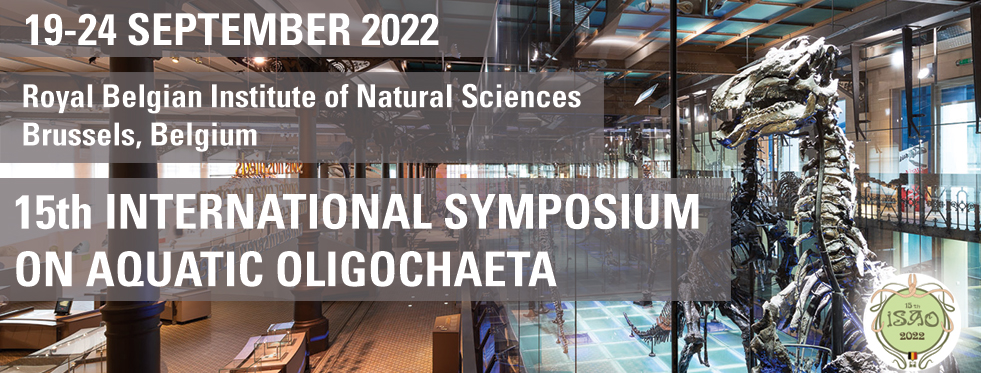The rise and fall of Oligochaeta (mass densities) in the Zeeschelde estuary
1 : Research Institute Nature and Forest
(INBO)
* : Corresponding author
Vestiging VMM Raymonde de Larochelaan, 9051 Gent -
Belgium
The river Schelde is 355 km long, originating on the plateau of Saint-Quentin in France and ending in the North Sea in the Netherlands near Vlissingen. The Schelde estuary is approximately 160 km long and has a complete salinity gradient from polyhaline to a tidal freshwater zone, including extensive freshwater, brackish and saline tidal mudflats and marshes. It is a well-mixed estuary characterized by strong currents, high turbidity and large tidal amplitude (up to 6 m). The river has gone through dramatic and abrupt changes since the beginning of the millennium: especially since 2007 when the purification of the Zenne tributary - which receives the wastewater of Brussels - set in motion a chain of events:
- a reduced input of organic pollution into the Zeeschelde
- an anoxic zone in the river was resolved allowing marine fish, shrimp and mysid shrimp to reach the freshwater zone. These organisms often feed on Oligochaetes.
- due to the reduced food supply and the increasing predation of marine migratory organisms, the numbers of aquatic Oligochaeta which reached up to 5.000.000 worms m-2 plummeted
- high numbers of wintering waterfowl declined only months after the purification
- surprisingly, so far the overall species richness of aquatic Oligochaeta did not change much: in general, the species richness stayed the highest in the more upstream parts of the estuary and subtidal samples seem to have some extra species, especially in upstream river parts.

 PDF version
PDF version
